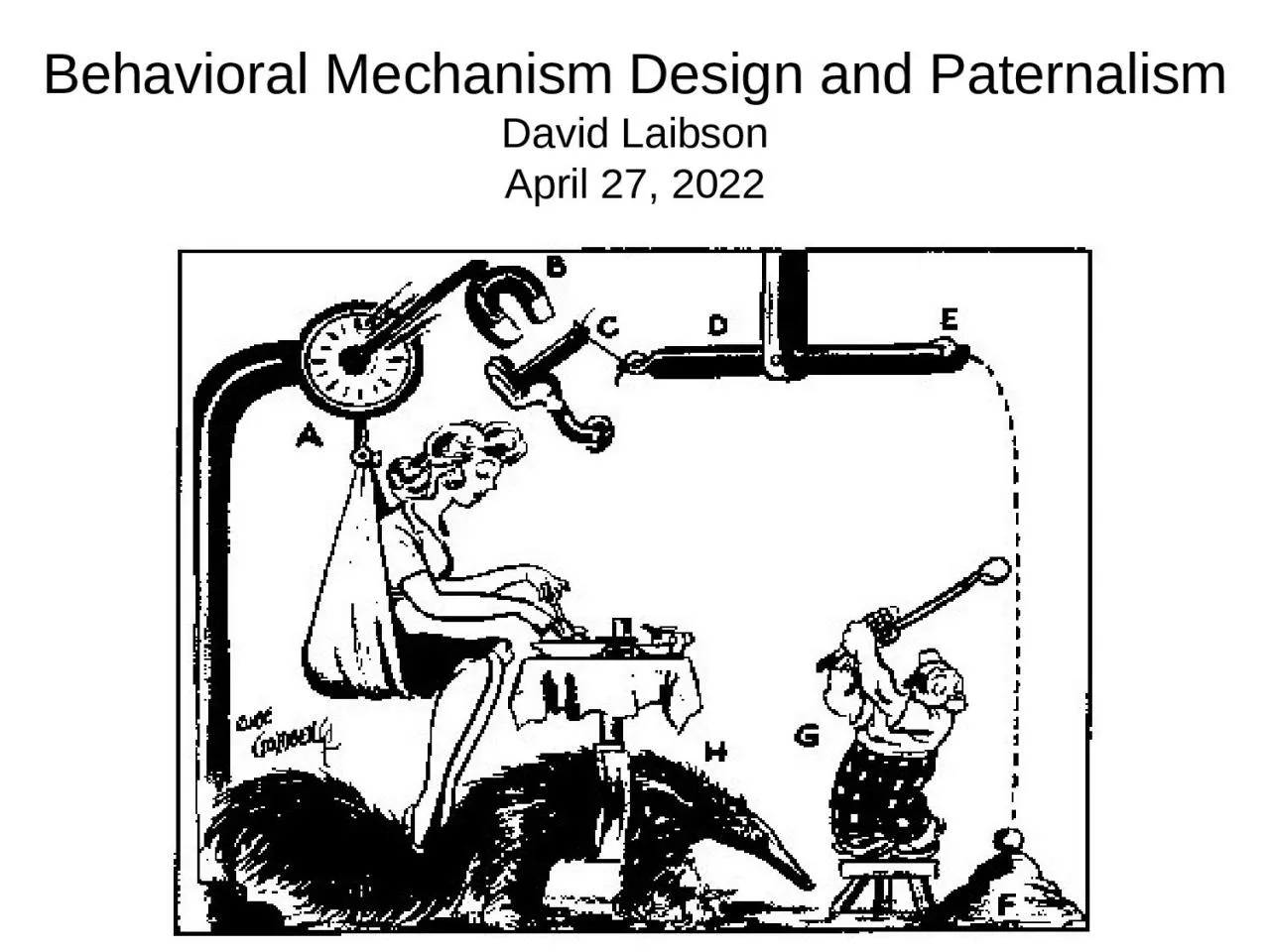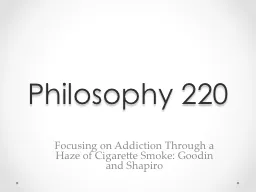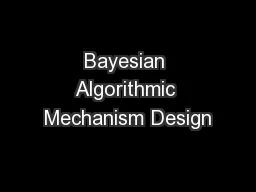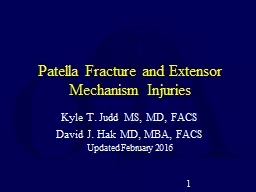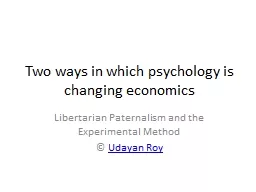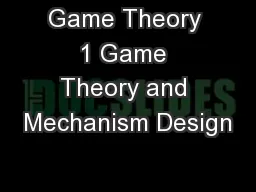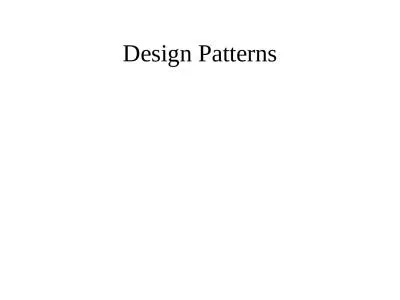PPT-Behavioral Mechanism Design and Paternalism
Author : lam | Published Date : 2023-10-31
David Laibson April 27 2022 It is a standing topic of complaint that a man knows too little of himself Be it so but is it so certain that the legislator must know
Presentation Embed Code
Download Presentation
Download Presentation The PPT/PDF document "Behavioral Mechanism Design and Paternal..." is the property of its rightful owner. Permission is granted to download and print the materials on this website for personal, non-commercial use only, and to display it on your personal computer provided you do not modify the materials and that you retain all copyright notices contained in the materials. By downloading content from our website, you accept the terms of this agreement.
Behavioral Mechanism Design and Paternalism: Transcript
Download Rules Of Document
"Behavioral Mechanism Design and Paternalism"The content belongs to its owner. You may download and print it for personal use, without modification, and keep all copyright notices. By downloading, you agree to these terms.
Related Documents

